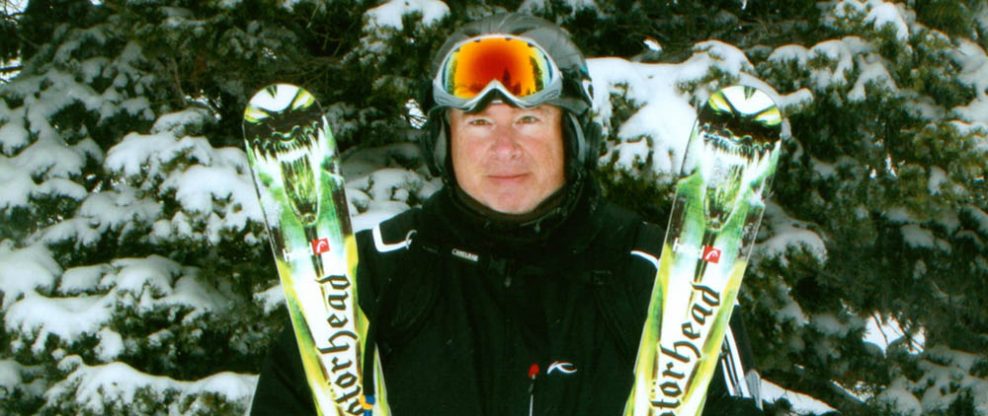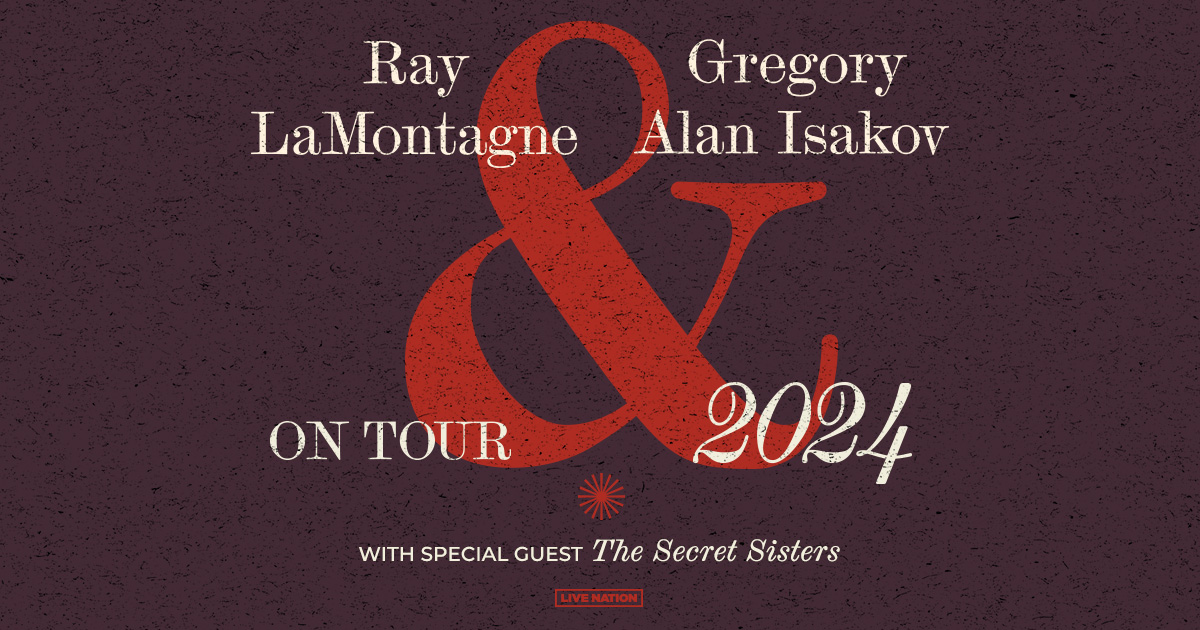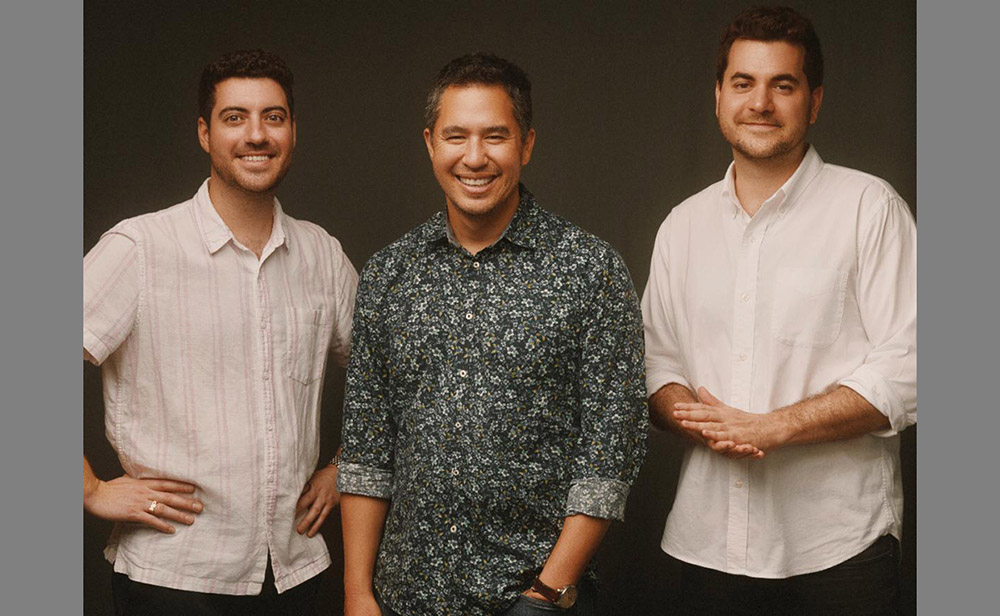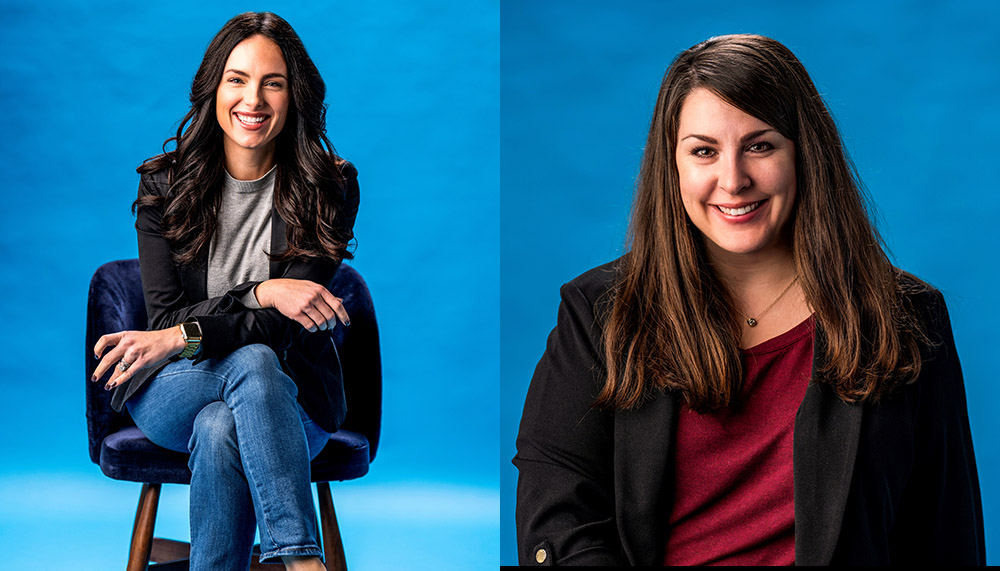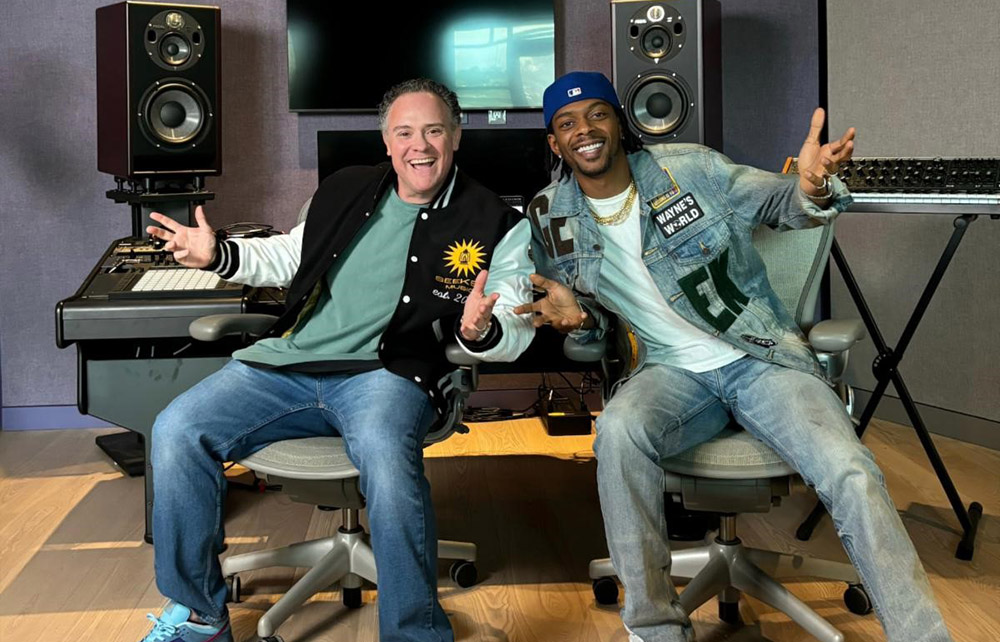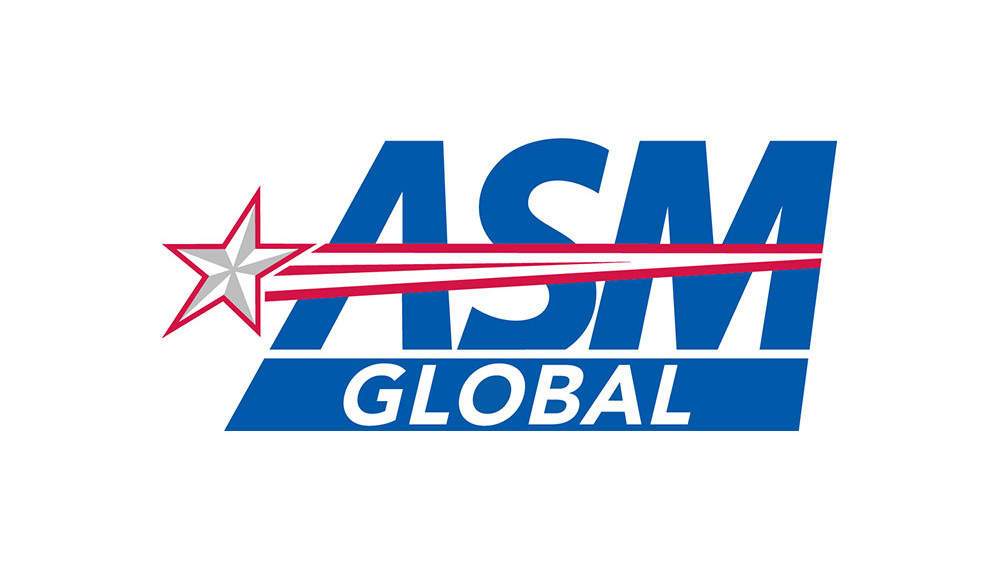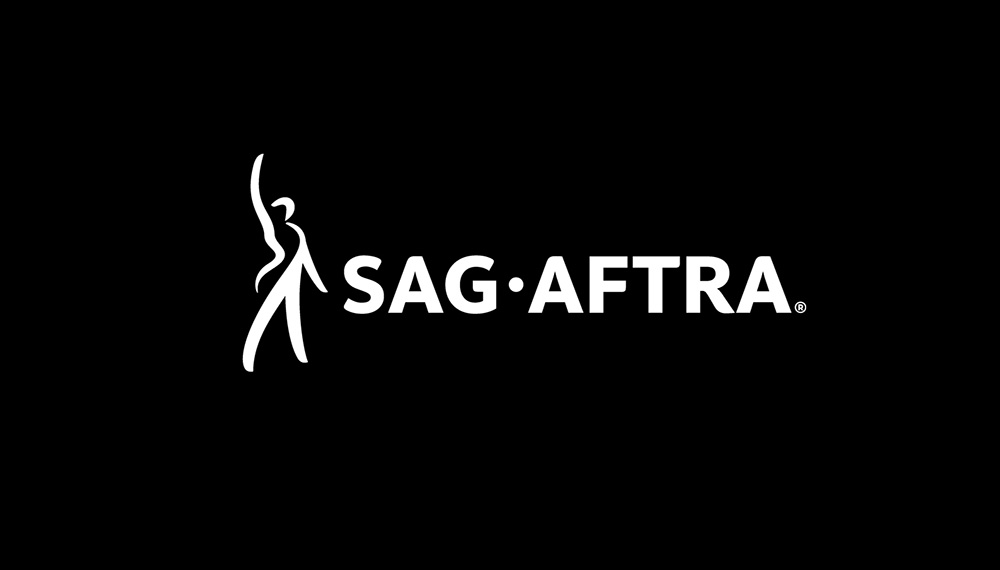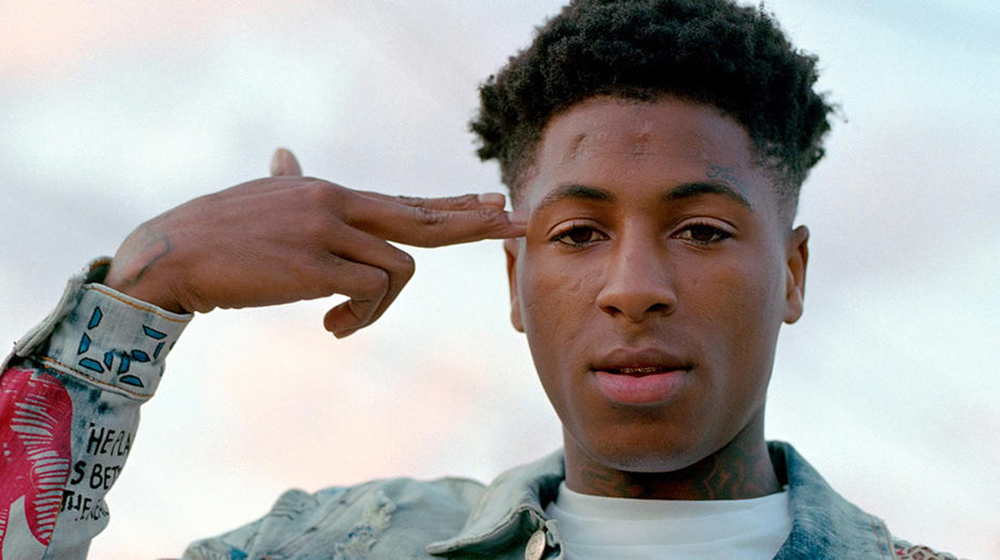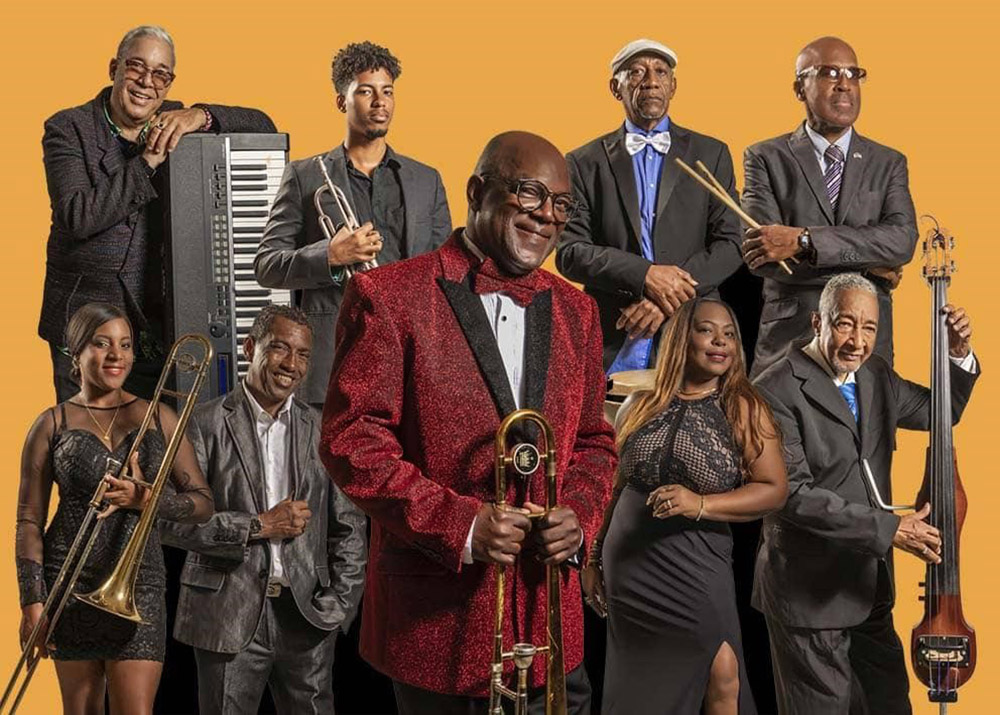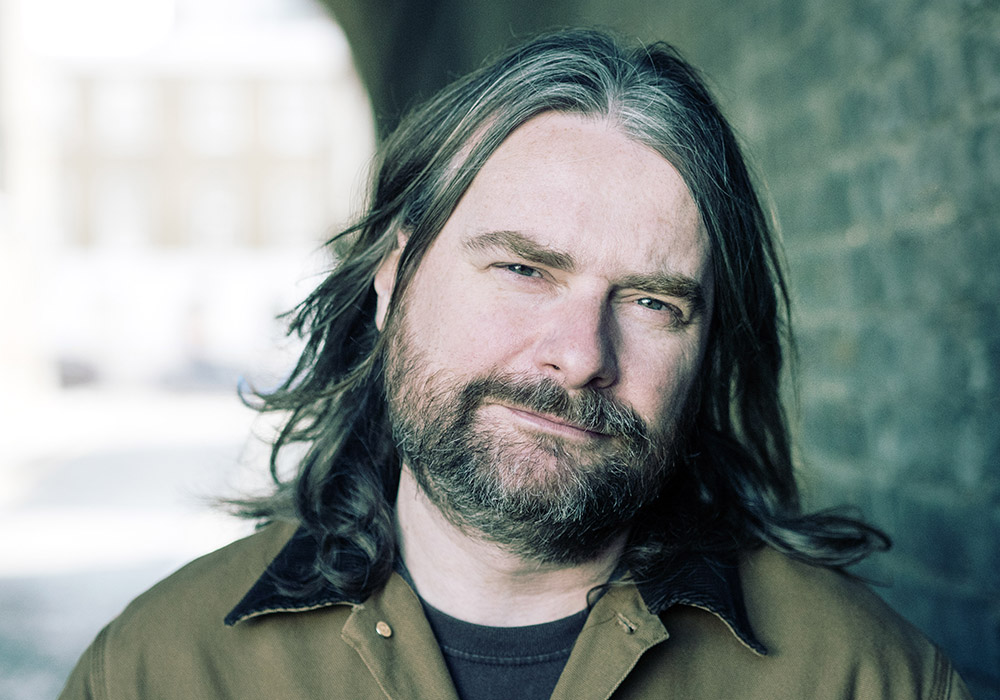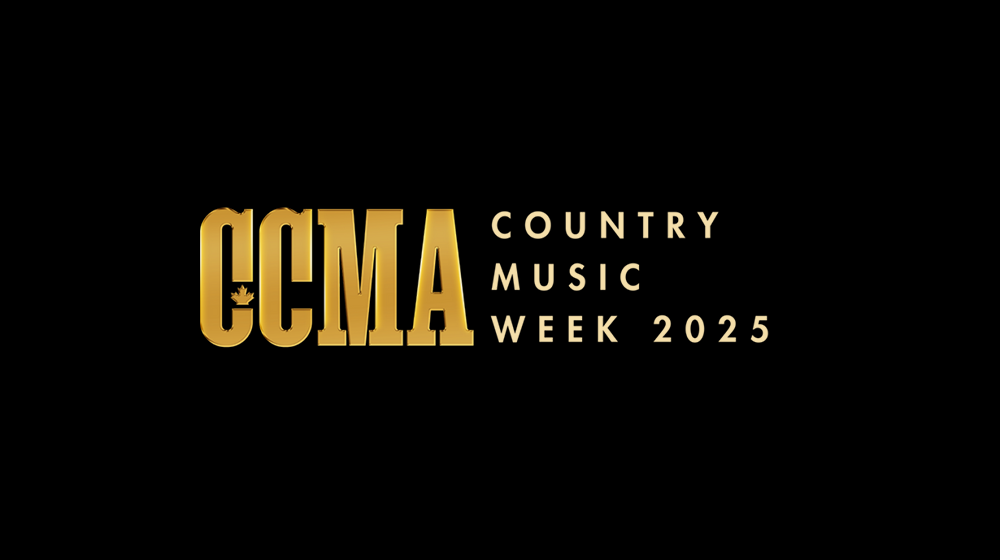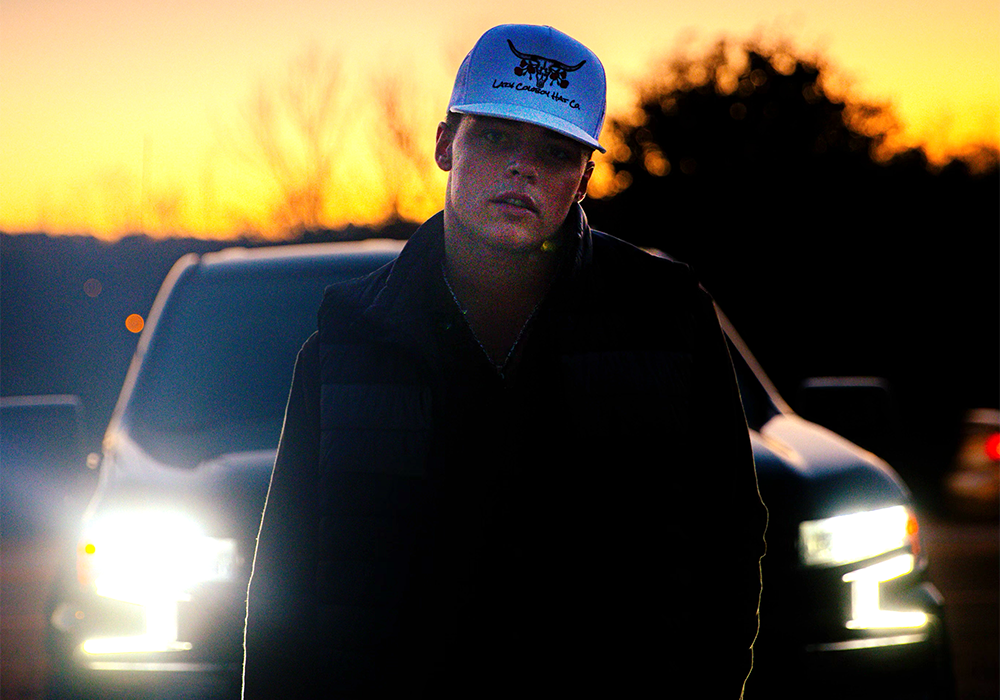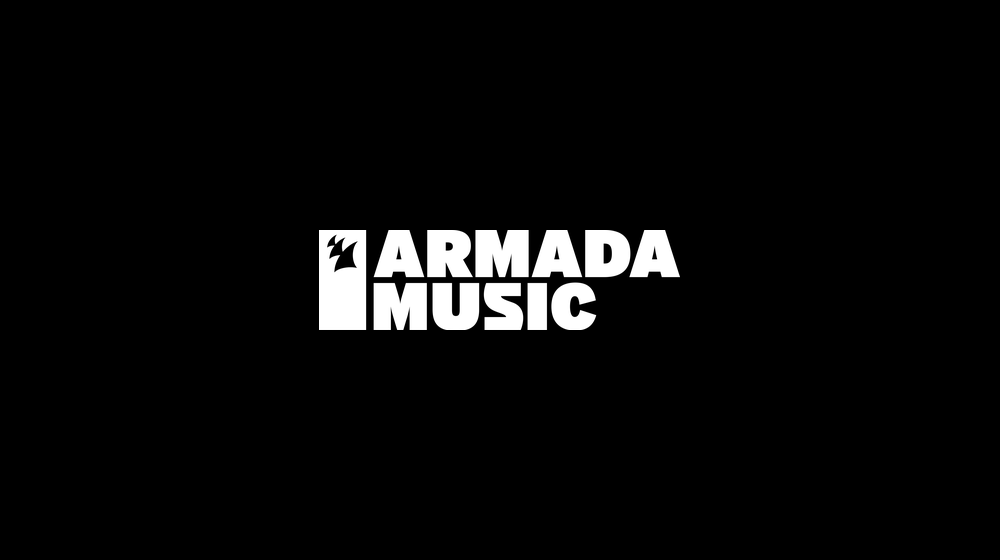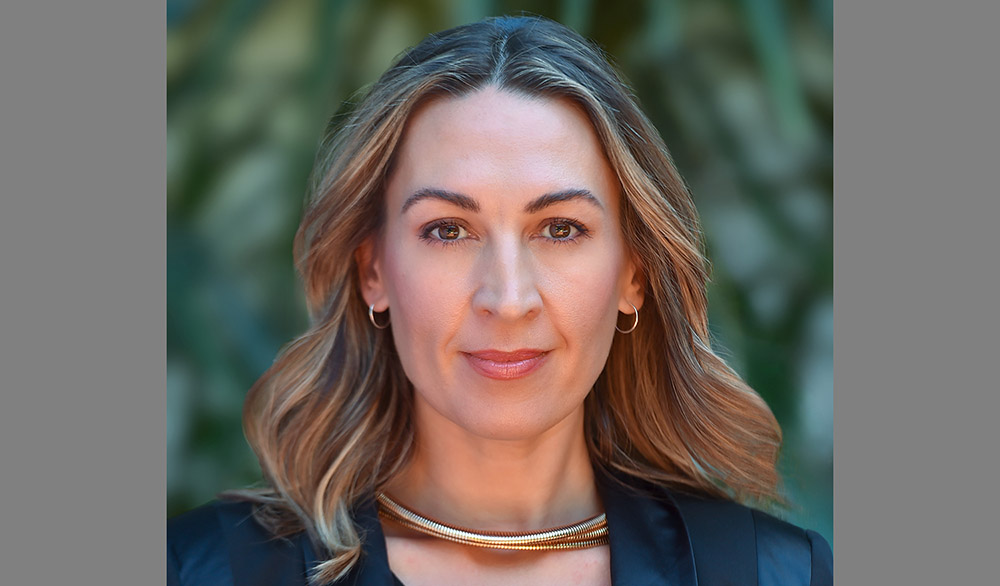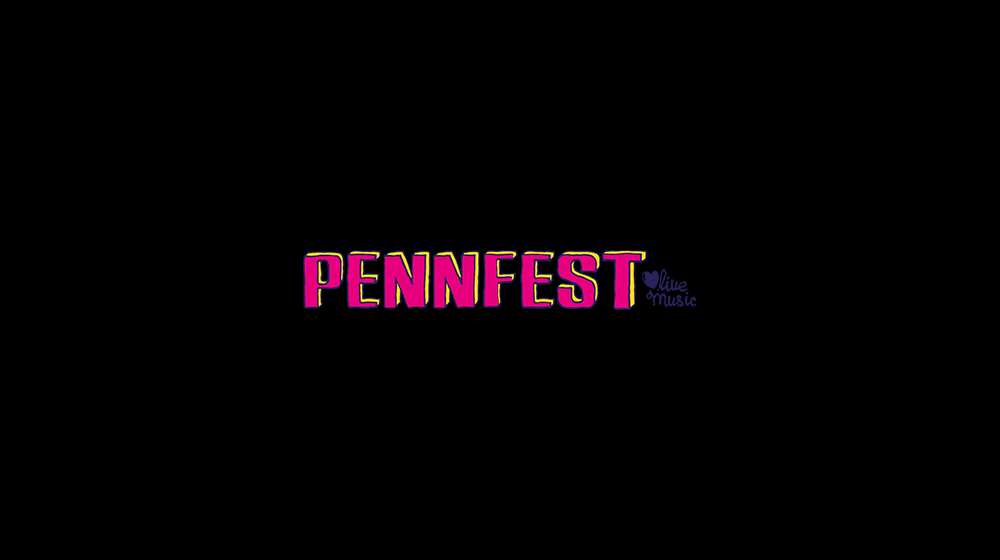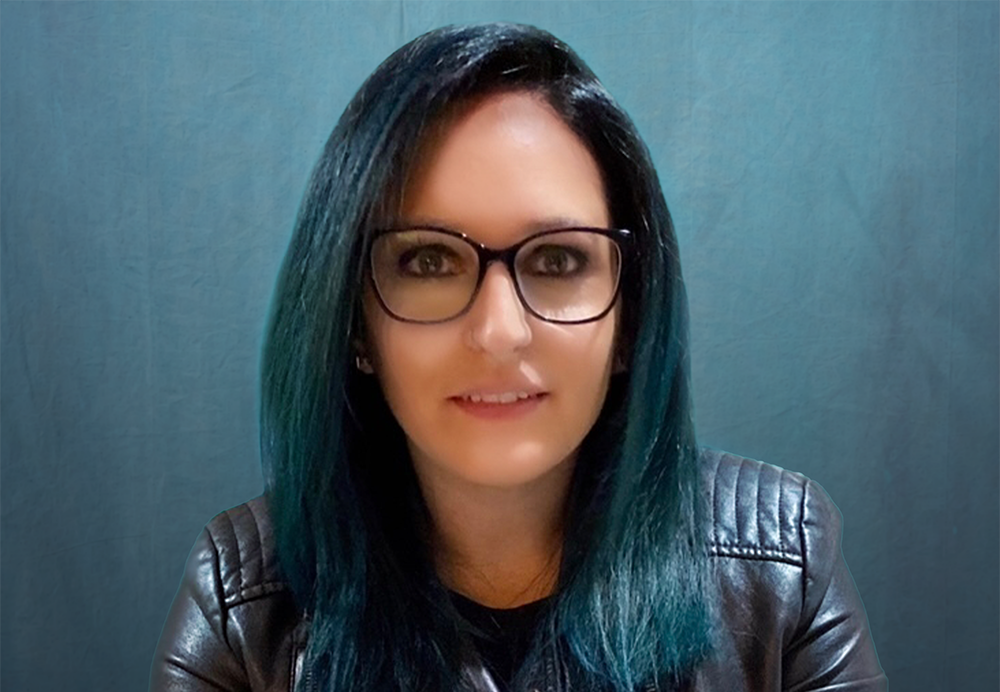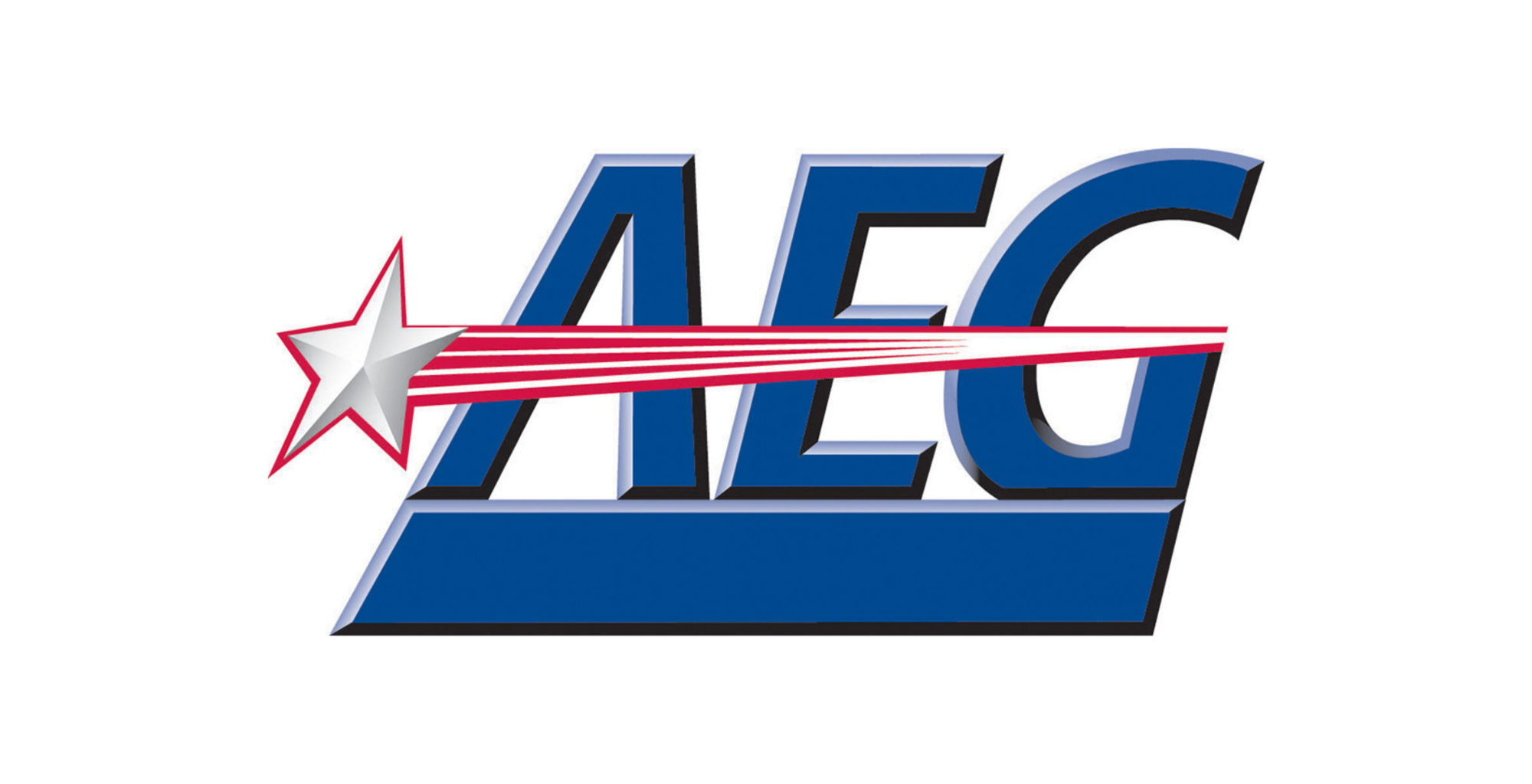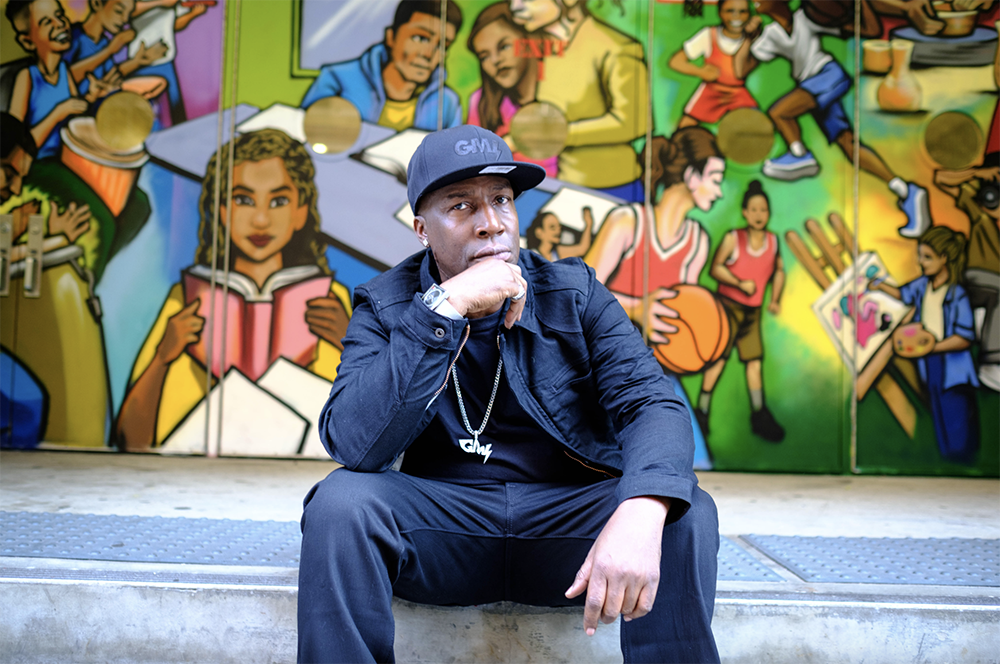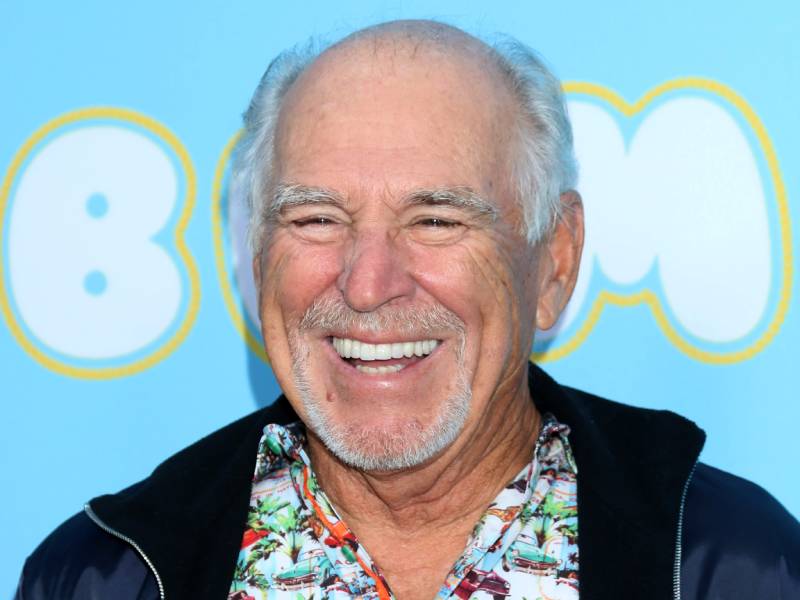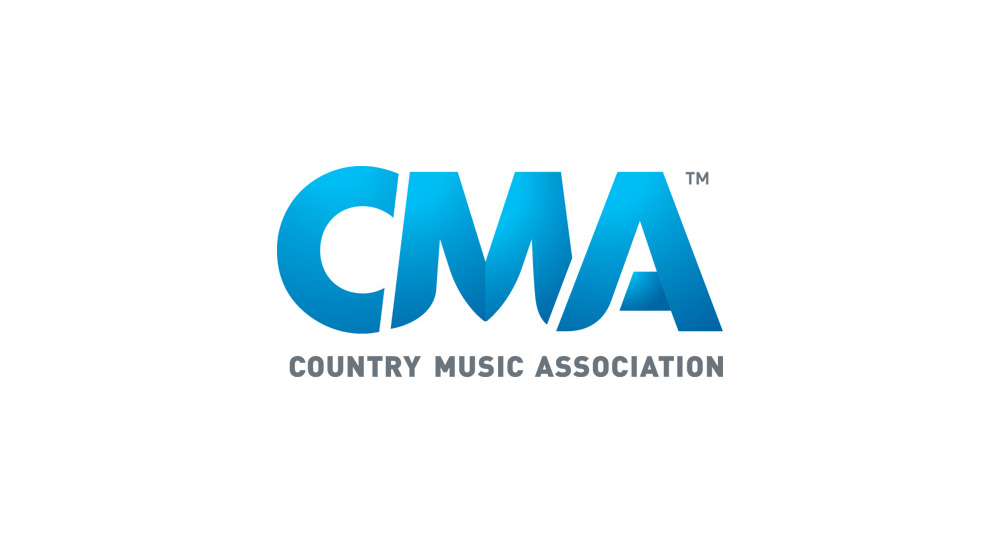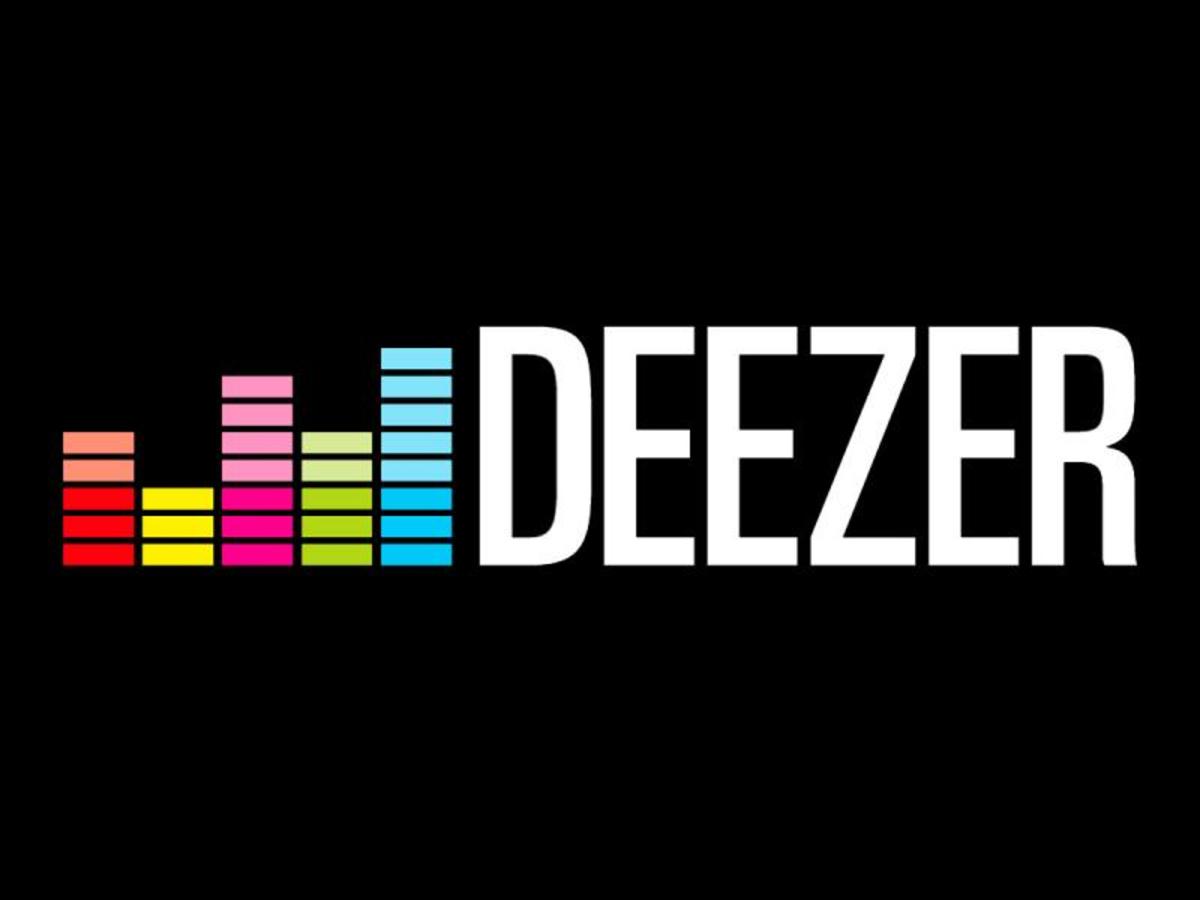This week In the Hot Seat with Larry LeBlanc: Toby Mamis, manager, Alive Enterprises.
You are going to have to wait for a film to make much sense of Toby Mamis’ fabulously winding career.
In conversation, Mamis ducks, dives and weaves through accounts of moments in his career like a junkie searching for a fix on Sunset Boulevard on a Saturday night.
Harold Hill—the fictitious boys’ band organizer in “The Music Man”—would be agog hearing Mamis’ colorful prose of his career high spots including successfully shepherding the Alice Cooper troupe around the world since 1986.
As a teenager in New York City in the ‘60s, Mamis was an underground boy wonder radical who merged two school publications, The Flea and The Weekly Reader, into an alternative high school newspaper called the New York Herald-Tribune.
As a young music scribe, Mamis wrote regularly for such American publications as Creem, Zoo World, Performance, and Friday Morning Quarterback with intermittent freelance bits showing up in Circus, Crawdaddy, Hit Parader, Oui, Penthouse, the Los Angeles Free Press, New York Flyer, Metropolitan Review, and Junior Scholastic as well as the Brit music papers, Melody Maker, New Music Express, and Sounds.
Despite his prodigious journalistic output, Mamis primarily made his industry mark boldly operating Famous Toby Mamis Public Relations (1970-78), based first in New York, and then in Los Angeles after 1975, with such high-flying clients as Apple Records, John Lennon and Yoko Ono, Blondie, the Hollies, Barry Manilow, Uriah Heep, Lynyrd Skynyrd, and the New York Dolls.
As a partner in American Entertainment Management, Mamis next co-managed the Runaways, and Blondie; and, then on his own, managed Jett and The Blackhearts early on.
One of the most recent credits I’ve read for you is being tour director for Alice Cooper.
Well, I’m the manager with Shep (Gordon) but I run the touring. I do both functions. I’m a manager at Alive Enterprises. I was tour manager for about 12 years, but I pulled back. I run the tours from afar.
David Davidian was brought in as tour manager for Alice Cooper in 2015?
Yeah. Shep had met him on the (Hollywood) Vampires’ tour so he jumped in and took that spot when I decided to pull back.
You live in Utah?
I do. Park City which is a very fun and lively town with a lot of culture and music and people. An oasis of sanity. I rediscovered my love of skiing here from my childhood in Vermont. It has the best skiing in the world, sure. With the technology today: phones, internet, email etc., I found that I could work from anywhere. So why not here? Shep is on a beach in Maui. Why couldn’t I live in a ski town? So I moved.
How often are you on the road with Alice Cooper?
Not as much as I was. A couple of times each tour. I will go if there’s an issue or something needs to be done. Recording or any kind of major collaboration or something. I will hit it when I have to.
What do you do when Alice isn’t touring?
There’s so much going on. It could be a TV commercial. We just did a Dodge commercial. There was his appearance this year in (NBC’s live performance of) “Jesus Christ Superstar.” He played King Herod which was fantastic. I started working on that a year before. It took awhile. We reissue compilations. Rhino and Warners have their stuff, and we are always talking to Sony, Sony Legacy, Sony Special Products, and Universal Music Enterprises about the catalogs. We are always mining the vaults. There’s publishing things to clear up. Maybe, it’s not as intensive as it is in the tour cycle which really starts with the planning in February, and ends in November. Alice works 100 shows a year, usually between May and November.
Since 2004, there’s been “Nights with Alice Cooper,” syndicated by United Stations Radio Networks, and broadcast in the U.S, Canada, the UK, Australia, New Zealand, and Europe.
That sort of sustains itself. They have a good team there with Katherine Turman, (producer), and Andy Denemark (VP programming) at United.
How active are the Hollywood Vampires with Alice, Johnny Depp, and Joe Perry?
The Vampires just completed a very successful 6-week run, primarily festivals in England, and Europe. I wasn’t with them. I was involved in the (2015) launch. Shep said, “It‘s the same agent Neil Warnock (as with Alice), the same promoters with only a couple of variables in Europe. It’s the same tour design and all of the same team. Steve Wood and Paul Geary (partners of Global Artist Management) have just taken over managing Joe Perry. Can you just handle the launch? Don’t worry about the creative.” There’s not really much creative. They are a great bar band with great songs, and a great sound. It’s not a major production. But I handle the on-sale announcements, the Ad Mats (displays), the commercials and the promotion coordination. All of the logistics. They have their own team that gets the tours going.
Is it fair to say you have a contradictory reputation?
Part of the job of being a manager is tell people “no” when the artist doesn’t want to tell people “no.”
Much of the negatives I’ve heard about you harken back to when you were a publicist and a music journalist in the ‘70s.
I was very insistent when I was a publicist and a young writer. I did probably step on some toes. I know that I burned some bridges with some senior publicists who felt that I was overly demanding when I was the new guy for Creem and Zoo World; but I was trying to help these magazines have a presence. I was probably asking for more than I deserved, but it was really that I didn’t want them to forget these publications that weren’t based in New York or L.A. Rolling Stone played it safe 90% of the time, but Creem went way out of its way to be to be mocking or difficult. I remember many times being yelled at by a publicist, and afterward trying to make up somehow.
Toby, you could be fairly obnoxious, c’mon.
I’m not denying that I could be very forward, and there were times I overstepped but I was a kid, and I was being very pushy on behalf of what I felt were important people that I was involved with. Being that young, you are always trying to be upwardly mobile. As a publicist, I probably promoted myself a bit to get myself on the map, but then I backed off because I realized it (publicity and management) was more about the artists.
Well, with a company named, Famous Toby Mamis, it’s about yourself.
Yeah. I got the name when I went to Apple, and I had the office, and I had to have a business card. Jeffrey Michelson, this genius graphic designer who did a lot of the advertising stuff for Apple, said “You have to have a letterhead, and business cards. Do you have a company name?” I said “No.” Then he said, “You need a company name. Do you have a nickname?” I went, “At summer camp, kids called me ‘Famous Mamis.’” He said, “’Famous Toby’ Mamis,’ it rhymes and you are making people famous.” That’s how it happened. There was no plan.
Being the gatekeeper to any major celebrity is demanding.
When you represent an artist, you do sometimes have to take the bullet for them. When you working for someone like Shep, for anyone who is the right-hand person for a famous guy, sometimes you take the bullet for them. Sometimes they don’t want to be the bad guy. Over the years, you get nicknamed “Dr. No,” and sometimes people take what we do the wrong way. As you get older, I think that you get better at (dealing with others) more delicately, more gently, and you try to do it with a softer touch, if you can. But sometimes people don’t know how to take “no” for an answer. I have been accused of not being able to take “no” for an answer. One time somebody told Shep, “Toby just doesn’t give up,” and Shep said, “That’s why he’s good at what he does because when he’s right, he doesn’t give up.” And the guy said, “Even when he’s wrong, he doesn’t give up.” I’m like, “okay.”
With your career, you remind me of the character in Woody Allen’s mockumentary film “Zelig” (1983) who was able to ingratiate himself with people from every sector of society.
Yes, I’m always in the background. Although I had the name Famous Toby Mamis which was a great name for a PR guy, I never wanted to be in the picture. I always wanted to be making the pictures.
With Alice being a public figure for over four decades, most everybody figures they know him. How difficult is it keeping people at bay?
He’s very open. He’s out in the mall. He’s out at the movie theatres. He’s out at the golf course. He’s out at the commercial airports. He doesn’t like to fly private unless it’s essential. He’s a very public guy. He looks at it as “This career thing is like a rollercoaster. You are up, you are down. You are up, you are down. You have to appreciate when you are up, and appreciate you were up when you are down because you are going to be up again. If nobody is asking me for autographs, and if nobody wants to take my picture”—it’s more pictures than autographs these days; it’s 90% selfies, and 10% autographs now—“if nobody is asking, we are out of business. So it is good that they keep asking.” He has a very healthy attitude about it.
If you are moving with Alice through a crowd, you have to move quickly.
We do keep it moving quickly. A lot of times when you walk with him you see behind you all of these great expressions, “Wow, that was Alice Cooper.” It is funny. But when he’s asked for a selfie or an autograph, he’s very polite and very appreciative of the people that care because he understands it.
Alice has been sober for decades. Was it easier dealing with him after he stopped drinking?
I didn’t work with him when he was drinking. I was on the “Nightmare” tour (1975) when I had Suzi Quatro as a support act though. But he was always a pleasant drinker. He was never a mean, nasty difficult drinker. He’s definably easy to deal with now because he’s a regular guy. You lay things out, you get decisions. He’s totally a professional. He understands that photographers need their photos. That journalists need their quotes. He understands that fans want a picture and an autograph. He gets it.
Your working relationship with Alice goes back to 1986. He obviously trusts you.
He trusts Shep. He trusts Shep 100%. He might only trust me 99%.
So where do you lose that 1%?
Here’s how I explain it. If Shep asked Alice to do something really absurd, Alice would do it. If I asked Alice to do something really absurd, he’d say, “Let me just ask Shep first.” That’s the difference.
What makes the relationship work between you and Shep?
Well, one reason is a friendship that goes back to 1970 when we met at Max’s Kansas City, and there is a fair bit of trust and faith that comes from that kind of friendship. There are a handful of other things. Shep loves to do deals. He loves to oversee the creative aspects of the show, but he doesn’t like to be involved with the day-to-day, the nuts-and-bolts of budgeting, marketing, and promotion and publicity campaigns. I love the nuts-and-bolts. Yeah, there’s a big picture too, but I love the nuts-and-bolts. So in that way we are very compatible.
After Alice Cooper exploded in the ‘70s, Shep quickly moved to build Alive representing at different points Anne Murray, Groucho Marx, Raquel Welch, Luther Vandross, the Pointer Sisters, Rick James, Sarah Miles, Stephanie Mills, Yvonne Elliman and others. Have you been involved with any of the other Alive acts?
One day I got back from a promo tour of Europe with Alice, and Shep said, “I want to represent this Nigerian artist Majek Fashek. You know the manager Steve Weitzman. Steve’s not really a manager. He’s a club booker (Tramps in New York) and concert promoter. You are the manager.” I was like, “Okay.” Majek had just signed to Interscope, and Little Steven had produced his album (“Spirit of Love” in 1991). Interscope has gone on to have some great successes, but this was very early there. The first year of the company’s conception. I had some marketing ideas; none of which they wanted to use. I did get Majek two back-to-back great tours, including on the national Reggae Sunsplash Tour giving Interscope every chance to break that record. It just did not happen. But I wasn’t looking for more clients with Shep. I was really happy to just work with Alice.
Each Alice Cooper production seems fresh.
The songs are so amazing it’s hard to screw them up, but he always has a great band. I take a lot of pride in the band that we put together, and that we keep together. (Guitarist) Ryan Roxie has been around since 1996, and Chuck Garric on bass since 2003. We have crew going back that long. We try to keep the team together, and it gets tighter and tighter every year. It’s fantastic. And we have a great relationship with the original band guys when they come out to shows. The current line-up respects the accomplishments of the original band. The current band is a great band. We always think that it’s the best band ever, but it really might be, right now.
You saw Alice Cooper at Max’s Kansas City in September 1970 while they were promoting their “Easy Action” album.
That was the same week that Bob Ezrin came down from Canada. (Nimbus 9 partner and producer) Jack Richardson had sent him to get Shep off his back. Shep was being a pugnacious, bulldog about having Jack produce the band because he knew they needed a good producer who could produce rock, but still get airplay like the Guess Who (whom Jack produced). Bob’s job was to go down and, obviously, blow the band off. However, he went back to Jack, and said: “I saw something really special.”
Those were really special shows, and the people that were there have not forgotten the impact of those Max’s Kansas City shows. As a music journalist, I had gotten the “Pretties for You” (1969), and “Easy Action” albums on Straight, and I thought that both were interesting. “Pretties for You” was kinda whacked; “Easy Action” was more traditional, but their imaging was great. And I was friends with the two people who were doing indie promo and publicity for them, Billy Smith and Kenny Schaffer. I went down to the show. Back then, it was two shows a night for four or five nights in a club. So I went every night.
In launching a new Alice Cooper show, I know that Shep is deeply involved, but you have also worked with many of the same staging people for decades.
That’s what makes it easy in some ways because you have people that you can rely on; who you know how they work, and they know how you work. Shep is very involved in the creation of each new Alice Cooper show. We refresh the show every year. We restructure it and come up with some kind of an “all-new show” every couple of years. Of course, there are a dozen songs that we have to do, and we have to do things like the guillotine or the gallows. It is hard to build a completely new show, but it will be significantly different every two or three years depending on the tour cycle.
Shep is very involved with that.
I remember when Shep decided to bring in some pyro, maybe 9 years ago. Alice just never used pyro. He always looked at it as it as smoke and mirrors, a way to distract peoples’ attention from the lack of a show. Shep was like, “These guys have some great ideas. We can do pyro that will accent the show. It won’t be like big and explosive as Kiss”—not to single Kiss out, but all bands that use big explosive pyro—“we will be more delicate, more artistic.” I watched the rehearsal, and said, “Man, this is exactly as you said it would be. Just the exclamation point on songs.” So that was a big change. It has been a great part of the show ever since. The kind of stuff that he gets involved is the overall look, the lighting design, and the flow of the show.
For each annual show run, Shep consults with lighting designer Joel Reiff, and the production manager Cesare Sabatini?
Well, yes. That is exactly what he’ll do. He will sit down with Joel and say, “This is what I think. What do you think? How should these things be lit?” Joel will always have a pretty good idea. Shep then fine-tunes what they’ve got or are focused on; certain things that he wants to make sure that they got. Then Cesare will say, “We can do that or we can’t do that. That’s not going to work.” That this isn’t going in the venues we work or it doesn’t read in daylight. When we do a lot of shows on a summer tour, some effects don’t read well in daylight. So that’s Cesare’s role. To make sure that it is affordable. That it fits in the trucks, and that it will read properly. Sometimes you are pulling people back from their dreams. Some of Alice’s ideas are impractical, and sometimes he has amazing ideas. Alice’s ideas are all amazing, but sometimes they are so amazing that they are really impractical.
Decades ago, a major act would tour with a couple of vans, and now it’s 10 semi-trailer trucks or more.
Alice back in the ‘70s, if not the first, was one of the first acts to tour with his own staging. With all the props, and the risers. It just wasn’t four or five guys with drums on the floor onstage. They traveled with their own lighting, and special audio effects. I don’t want to give them full credit but Shep and Alice deserve a share of credit for helping to revolutionize the way a rock show is presented to the public. If you think back, the Stones never had a lot of special effects early on, and they did really big staging. Elton John wasn’t doing it. Alice was a pioneer of all that. It was expensive. It was complicated. They hired people who knew how to do it.
Today’s touring crews are professionals whereas In the ‘60s and ‘70s bands worked with friends or friends of friends. Today, you have qualified people who are highly skilled at their jobs. Like Bandit Lites which has been working with Alice for two decades
Working with (founder/chairman) Mike Strickland and (VP) Mike Golden at Bandit Lites has been amazing. They are the ones that find us our lighting designers. They are the guys that say, “We have a guy that would be great for you.” They know who will work with Shep and his exacting demands, and with Alice’s theatricality. They have been a great resource. They have great gear. They are true Alice fans and supporters and friends and family now. It has been a great relationship with them But we have many long terms (relationships) across the board. We just had a guy retire from us in England, Paul Hattin from Phoenix Buses. I don’t like it when these guys retire because I start to feel old.
Today, you have to have skilled people working for you otherwise someone could get injured. You have to have people who know how to operate sophisticated equipment whereas years ago the road crew was mostly a bunch of guys that were available to go out on the road.
How hard was it to learn how to use three faders, and a spotlight in a venue, and that’s all there was for lighting? And there wasn’t much of a load-in. Most of the monitors we’ve used over the years have come from Thunder Audio in Michigan They are a great training ground for monitor engineers. That is where most of my engineers have come from. Most of our techs have come from referrals. It will be this guy is moving on, or it’ll be somebody who knows somebody who knows that he’s exactly right for Alice. We never have to look for anybody. We always have a choice of people offered to us from within our extended family who know how we work. Also, having Alice on your resumé has always been a good sign. Other artists, production managers, and managers know that if you have worked an Alice Cooper tour that your skills and your reliability are likely pretty strong. You see Alice people moving on, even back in the ‘70s, to George Clinton and P-Funk or to Kiss or Rob Zombie or Marilyn Manson. The tour world is littered with Alice alumnae because it’s a good credit to have on your resumé.
I met Shep and the original Alice Cooper band when they performed at the Toronto Rock and Roll Revival (Sept. 13, 1969), a one-day, music festival also featuring the Plastic Ono Band (with John Lennon, Yoko Ono, and Eric Clapton), Bo Diddley, Chicago, Tony Joe White, Chuck Berry, Jerry Lee Lewis, Gene Vincent, Little Richard, and the Doors. Alice Cooper backed Gene Vincent for his set. During their own set, a chicken was thrown onstage and thrown back into the audience by Alice. Initial media reports had Alice biting the chicken’s head off before returning it to the crowd or audience members tearing the bird to pieces.
A very legendary show for 100 different reasons.
Despite media reports, no chicken got killed that day. I was there in front of the stage.
Well, this is the thing that is great about Shep and Alice. There’s such a mystique that has been built up about Alice Cooper in that they have different stories of the same thing, but somehow they end up having people believing both stories. I don’t know how they do that but it’s funny watching the “Super Duper Alice Cooper” documentary (2014), and the 2013 documentary, Supermensch: The Legend of Shep Gordon” documentary, and seeing somewhat different stories in documentaries.
Over the years Alice Cooper spent a lot of time both touring and recording in Ontario.
Ontario is almost a second home for Alice. His triangle is that Detroit/Cleveland/Toronto triangle. That’s his triangle. Every artist would be lucky to have a triangle. Every artist should want it.
You became closely associated with the music scene in Detroit in the ‘70s though you aren’t from there.
I’m not from Detroit, but a lot of people in the industry think that I am. I had gotten involved with the White Panthers with (poet/manager) John Sinclair. With the White Panthers, I was always in Ann Arbor and Detroit. I fell in love with the energy and the music, and the performances of the MC5, and the Stooges, although the Stooges weren’t political. I also had been writing for Creem magazine, and spending some time visiting Creem’s offices, first in downtown Detroit, and then out in Walled Lake (on a 120-acre farm). Hanging with Dave Marsh, Barry Kramer, Lester Bangs and all of those guys.
Many music journalists then, including myself, wanted to write for Creem.
I got in early, really early. I had all the street cred from the White Panthers and my high school activism. That was the Dave Marsh (as editor) era. Lester was really on his game. Some of the Detroit team even stayed in the living room of my family’s apartment when they came to New York on advertising or distribution business. It was amazing to be a part of, a witness to that growth. Before it became too much of a real business.
Going to local shows at The Grande (Ballroom) and a couple of festivals, I met a couple of local bands. I met ? (Rudy Martinez of ? and the Mysterians) which was pretty cool. I met some of the girl bands, like Pride of Women (POW), and also Suzi Quatro’s band Cradle, SRC, and the Rationales. It was a great scene and I got to be friends with all of them through Creem magazine. Pete Andrews was very involved in all that. He managed SRC, aand was very involved in that Michigan rock scene at the time, and got heavily into concert production. Pete handled production for the 1971 benefit concert “Ten For Two” in Ann Arbor (in response to the imprisonment of John Sinclair for possession of marijuana). I helped to bring in John and Yoko and Stevie Wonder to perform along with Bob Seger, Commander Cody and His Lost Planet Airmen, Joy of Cooking, Phil Ochs, and Charles Lloyd. I actually appeared in the Acoustic Plastic Ono Band that night, on cowbell, though I don’t really talk about it that much, it just happened.
You became close to Suzi Quatro while in Detroit, and you later worked extensively with her.
I also met Suzi Quatro later in New York when she was on her way to fly to England. She stopped in New York with her sister Nancy. I asked Suzi what she was doing in New York. She said, “I just signed with (London-based producer) Mickie Most. I’m going to England.” I took them to a movie premiere in Times Square for “Sweet Sweetback’s Baadasssss Song” (the 1971 independent film by Melvin Van Peebles). We kept in touch. That‘s how I ended up writing the liner notes on the American version of her first album (“Suzi Quatro”), and ended up doing her PR in the U.S.
You are credited with securing Suzi the recurring role as bass player Leather Tuscadero in the ABC-TV series “Happy Days” that led to her only American Top 40 hit; “Stumblin,’” which peaked at #4 on the Billboard Hot 100 chart in 1979.
Putting Suzi in “Happy Days” was one of the happiest days of my life. I figured it would be a great gig for her because her career had fallen flat in the U.S, and this was a way of bringing her back in a big way. She was done in America. She had nothing happening. Not even a record deal. “Happy Days” was the #1 show in the country, and she was going to be on 7 episodes that season. It was an incredible deal.
The producers apparently already had her character’s name Leather Tuscadero.
After they sent me the breakdown looking for actors for the part, they called and asked, “Would Debbie Harry read for this part?” I said, “That’s not Debbie Harry, but it could be Suzi Quatro or Joan Jett.” They were like, “We know about Joan Jett but she’s too young. Would Suzi do an audition?” I said, “She lives in England, but she’s on tour in Australia. I’ll try and get her to come to L.A. from Australia.” So I called Mickie Most in England and he called Suzi who called me, and said, “Yeah, I’m stopping in Detroit to see my folks on the way back, and I’m changing planes in L.A.” So we did it. The day that Elvis Presley died (Aug. 16th, 1977), she did the audition.
Speaking of Joan Jett, her “Bad Reputation” documentary recently premiered at Sundance Film Festival, and is being released in the U.S. on Sept. 28th.
It is really good. I’m in it.
[Sony Music Entertainment and Legacy Recordings, a division of SME, have entered into an agreement with Blackheart Records, covers the worldwide rights to Joan Jett’s recorded music catalog. Under the agreement, Legacy/Blackheart will release the soundtrack of director Kevin Kerslake’s documentary film “Bad Reputation” on September 28th. The soundtrack premieres a new Joan Jett and the Blackhearts track, “Fresh Start,” as well as “Androgynous,” an unreleased track performed by Miley Cyrus, Laura Jane Grace, and Jett.]
You’re the person that brought Joan “I Love Rock ‘n” Roll,” and got her to record it?
Here’s the story…
It’s an Arrows’ song
I have their single. My first trip to London I was hanging out at Mickie Most’s office at RAK Records because I was working with Suzi. I met (producers) Michael Chapman and Nicky Chinn. They were rehearsing with the Arrows which just had one hit (“Touch Too Much”), and they were working on the second single “Toughen Up.” I used to get on copy every RAK single and every album from Mickie. I loved “I Love Rock and Roll” which was a B-side to of a Chinn-Chapman single (“Broken Down Heart” in 1975). I loved it. KNEW it was a hit before she ever recorded it.
How did Joan come to record “I Love Rock ‘n” Roll?”
I was friends with Joan from before she was Joan Jett, when (as Joan Larkin) she was a Suzi Quatro fan from West Covina (California) with brown hair, and a different look. I maintained our friendship. I moved to L.A., and we stayed friends. I went to all of the Runaways’ rehearsals, and gigs. We’d play records together. She was at my house one day after the Runaways had done their first album (“The Runaways” in 1976) and tour, and I said, “I want to play you this record. I think you guys should cover this song on your second album.” I played it, and she went, “Oh my gawd, you have this record? I saw some band doing this song on a Saturday morning TV show, in England, but I didn’t know who it was or what it was. Then I forgot about it. You have the record here?” I said, “Yeah.” (The Arrows had two 14-week television shows in the UK called “Arrows” in 1976 and 1977 broadcast on Granada Television). She said, “I love this song.” So I made a cassette of it, and she brought it to (Runaways’ producer) Kim Fowley who said he’d let them do it if he could get half of the American publishing from Mickie Most. That didn’t happen. Mickie Most didn’t like to give up his publishing especially after the Stories beat out Hot Chocolate with the “Brother Louie” recording (in1973). He didn’t need the money. Kim wouldn’t record the song because he couldn’t get half the publishing.
It just sat there.
When the Runaways broke up, I said to Joan, “We are going to cut a single. We are going to cut ‘I Love Rock and Roll’” with Steve Jones and Paul Cook from the Sex Pistols, and we are going to launch your solo career. We went to London and we did that.
But that version didn’t make it to Joan’s self-released debut solo album.
The original recording was issued as a single in Europe on Polygram’s Vertigo label, but it got no traction. (Producers) Kenny Laguna and Ritchie Cordell felt that Paul Cook’s drum beat was a little wavering and, maybe, not fierce enough, so it got left off the album. And then it was redone for the second album. The first version holds up well. It’s an authentic version of the song. It is on a couple of Joan’s compilations. It was, however, her first solo recording and single.
You were instrumental in bringing Kenny Laguna to work with Joan?
I ended up hiring Kenny Laguna to produce Joan. I knew him from the Steve Gibbons Band which I had done PR for. Kenny wanted to help Joan get a record deal, but they were turned down by everyone. So they manufactured the album and sold copies from the trunk of Kenny’s Cadillac.
According to one of his friends, Kim never directly managed the Runaways– Scott Anderson, who worked for him, handled management. Nevertheless, Kim controlled their career as co-writer, producer, and by securing their publishing deal with peermusic, At one point in 1977, following Cherie Currie leaving after a blow-up with Lita Ford, and Joan taking over lead vocals, Kim was said to have wanted you to buy him out of his contracts, but that didn’t happen.
Right.
How did you come to co-manage the Runaways?
I was friends with Joan and I got to be friends with some of the others. They asked me for help. They came to me, and they were very unhappy with him. I was astonished when I looked at their contracts which were drawn up to protect their rights as minors but drawn up incredibly poorly to protect their rights as musicians, songwriters, and artists. There was then the “Waitin’ For the Night” (1977) album, but he didn’t believe in them without Cherie. He believed that they needed a sexy female blonde upfront. That Joan wasn’t sexy enough to carry the band without Cherie.
C’mon a middle-aged man like Kim dealing with five unruly young girls, and a line-up that kept changing? According to Kim, he got fed up with some of the members’ partying, and he left the game though he continued to work with Cherie and Marie Currie.
Regardless of their age or gender, they needed management. They needed production. They needed somebody. He was probably not the right person. He was probably the right person short term because he had the vision, and he figured out how to get the record deal.
You co-managed the Runaways and Blondie under American Entertainment Management. Who was your partner?
Peter Leeds was a guy in New York that I was hooked up with. He had managed Every Mother’s Son and Roberta Flack. Then he left the business for several years. I had wanted to move into management. I had been doing PR for a while in New York. I went with my friend Jody Utall, the daughter of Larry Utall of Private Stock Records, and she said “You have to see the band that we signed, Blondie. At the end of the show in 1976, I went, “I have to manage this band.” Larry said, “We like you, and you are a smart publicist and all, but we can’t recommend you as a manager. If you can find an experienced manager to work with, we will support you.”
So I was talking to (photographer) Bob Gruen and (producer/journalist) Richard Robinson who were friends with the band, and I was telling them, “You have to tell the band that I’m the guy to manage the band.” Then Gail Sicilia, (the wife of publicist Dominic Sicilia) said Peter Leeds was coming back into the business. He had managed the Wind in the Willows that Debbie Harry was in around 1968. I set a meeting up with the band, and Peter and I formed a partnership that was, unfortunately, weighted in his favor, and we convinced the band to let us manage them based on my enthusiasm.
In 1976, producer Richard Gottehrer had discovered Blondie at CBGB’s, and he brought Larry Uttal to their show. Larry signed the band to Private Stock.
I loved Larry Utall. Larry was like, “You guys manage the band, and we will do all of the marketing and promotional.” Larry Utall was a great mentor to me, but we had a different vision. We thought they’d be a real pop success and not just be a CBGB new wave thing. He didn’t want to spend the money promoting them (to the mainstream). So Peter said, “We have to get them out of this contract.” So Larry Utall agreed on a price, and Peter borrowed the money to buy Private Stock out, and we set about getting them a new deal. We only had one label in mind, Chrysalis, which had the best artist development, promotion, and marketing in the business. They were the new A&M. Really artist-oriented. (Co-founder) Terry Ellis turned us down, however. Marilyn Grabowski, the longtime and legendary photo editor at Playboy was involved with Terry at the time, convinced Terry to sign the band. We needed a new producer, and I suggested Mike Chapman. He had come to see Blondie at the Whisky, and he wrote on this napkin “I must produce this band.” And that’s how Mike Chapman came to produce “Parallel Lines.”
How long did the management relationship with Blondie last?
From December 1976 to August 1979. We went through the release of the first album, the recording and release of the second, and their third album “Parallel Lines” (in 1978) up until the international success of “Heart of Glass.” The relationship soured by the end of “Parallel Lines.” Before that tour, there were a lot of problems between the band and Peter. I didn’t have a problem with them, but he started to blame me for all their criticism, and he tried to deflect it to me. It soured my relationship with them as well.
You wrote for so many music publications as a rock journalist.
I had the regular stuff in Creem and a regular column and articles in Zoo World. I did a lot of freelance. The Phonograph Record Magazine was great. Financed by a record company (United Artists), but it didn’t have to be about their artists all of the time. One of my favorite articles there was about Vicki Wickham (“The Secretary That Roared,” Dec. 1971) who managed LaBelle, and Dusty Springfield. I’m really proud of that because she was a special person. She was fantastic. My Creem feature on the Beach Boys I also love. This was hanging 10 in a hotel lobby with the Beach Boys. A whole feature on them in Creem of all places. Dave Marsh really helped to restructure the article because I was not a great writer. I think I’ve gotten a bit better.
Didn’t you engineer the infamous Beach Boys/Grateful Dead match-up at the Fillmore East in 1971?
It happened when the Beach Boys were appearing on “The Dick Cavett Show,” and I was backstage sitting around with them. “What should we do tonight?” They really wanted to be considered more hip. I said, “Well, the Grateful Dead are at the Fillmore East. What if the two coolest California bands”–with all respect to the Doors–jammed at the Fillmore?” I had no idea if the Dead would be into it The Beach Boys were like, “We don’t know their music.” I said, “Everybody knows Chuck Berry. What do you think?” They said, “We’ll do it if they want us.” So I called the Fillmore East office from backstage and talked to (Fillmore East managers) Kip Cohen and Mark Spector. I said, “What do you think?” They went, “That’s pretty cool. Let’s ask the Dead. They are sound checking in a few minutes.” I called an hour later, and they said, “Jerry said ‘yes.’” It’s regarded by Deadhead as the worst Grateful Dead show, ever.
[On April 27th, 1971, the Grateful Dead was in the middle a week run at the Fillmore East when the Beach Boys joined them for a string of songs near the end of their set. The Beach Boys, introduced as “another famous California group,” came out for “Searchin’” and “Riot In Cell Block #9.” The Dead left the stage, leaving the Beach Boys to perform their hits “Good Vibrations” and “I Get Around.” The two bands then teamed up for renditions of “Okie From Muskogee,” and “Johnny B. Goode,”
While involved with John Lennon and Yoko Ono, you worked for ABKCO Industries (since renamed ABKCO Music & Records?
No, I worked with John and Yoko. I was like an underground rock music writer, and I had been helping my friend’s band Elephant’s Memory, who were politically active like I was. We got John and Yoko to hear Elephant’s Memory thinking that they’d like their music because they were political, and they were a good band. John and Yoko loved what they heard. “We have to meet these guys.” So they came to the rehearsal studio and met the band. The guys were showing them all the articles in the underground newspapers and rock magazines. They asked, “Who’s your publicist?” The band said, “We can’t afford a publicist. These are Toby’s friends.” So they hired me on the spot to be their publicist in New York. They had heard about me also from music business friends because I was the music politics guy.
You worked for John and Yoko through Apple?
They told Apple to hire me, but I was paid a fee through Joko Productions (the Lennon’s’ joint business) when I worked with them, and separately by Apple and ABKCO for projects that I did for them. I did a lot of the press material for Apple releases by Badfinger, David Peel, and Lon & Derrek Van Eaton. Prepared the press material, and tried to get album reviews. I did compilations for ABKCO. So I got paid by three different entities at different times.
I knew (Apple’s US label manager) Al Steckler because I had been around the office a couple of times. I got a cubicle and a stipend. I got to do other stuff for Apple and for ABKCO including doing some of the early reissues and compilations of catalog they’d acquired the rights for including the Cameo-Parkway stuff, and Herman’s Hermits, and the Animals stuff. Apple was a great place to be. Al Steckler was an incredible mentor. He had worked at London Records (in New York City), and when Allen Klein took over management of the Rolling Stones, Mick Jagger said to Allen Klein, “You want to meet Al Steckler from London Records, and hire him to run your office.” That’s how Al Steckler got his job. He did the Stones and the Beatles. He was the one guy that they all really liked. Their appreciation for Allen Klein ebbed and flowed. Their respect and admiration for Al Steckler never wavered.
Al Steckler did creative services and A&R for both Apple and ABKCO.
He was the guy. He was the guy that artists with Allen Klein really relied on, and that they could count on, and talk to. He got it. He was an incredible guy for me to learn from.
It was a chaotic time for the Lennons who were being watched by the FBI. On March 23rd, 1973, John was ordered by U.S. immigration authorities to leave the United States within 60 days.
I remember the committee to let John stay in the USA. They had offices down the hall from my cubicle and young Richard Hell was working there as a volunteer (as Richard Meyers prior to forming Neon, Television, Richard Hell and the Voidoids). I used to go to (Lennon) court hearings to watch all that. Not only was Richard Hell working there, but there was a young rock and roll dude, Ivan Král, in the mailroom with long shaggy hair. He had a little band, one of the earliest glam bands ever, but it never got a break. It was named Luger. Ivan came through one day and said, “Mr. Klein says that we are going to close down the Beatles’ fan club, and he wants me to get rid of all of Beatles’ fan club material, calendars and photos and postcards and things like that. Do you want some of it? I said, “ I’ll take whatever you want to give me.” He said, Let’s split it half and half.” So he gave me a couple of boxes. Ivan Král was later briefly iin Blondie, and then with the Patti Smith Group.
Were you around Apple’s colorful radio promotions head Pete Bennett?
Pete had boxes of the Beatles’ Christmas albums under a couch in his office. That vinyl album. I asked if I could have some to send out to my press list because it’s a cool rarity. So he gave me 200 of them to send out.
I worked at Record World in the same building.
Yes, 1700 Broadway. We had special keys when I worked with John and Yoko. We could stop the elevators from stopping at any other floors. Only if we were with John and Yoko.
During this time you were still doing outside public relations work?
Yeah, I had these friends called the New York Dolls so I felt I should do their publicity before they had a record deal. I loved the Dolls. I had everybody I knew come to their shows at Max’s, and the Mercer Arts Center including Paul Nelson, who signed them to Mercury Records. I brought all of the media, and the industry down to see them night after night. I was their publicist until they finally got something going. Then, of course, I got dumped, and they used Mercury Record’s in-house PR.
Was Greenwich Village a natural hangout for you because your high school, Stuyvesant High School, was nearby?
It was pretty close to the East Village. At 16th and First. I used to go to the East Village back then, and I used to go down weekends from my apartment on the upper west side. The Village was just a great place to go.
I remember Patti Smith working as a driver for The Scene’s Steve Paul.
She was Steve Paul’s driver. She did her first club reading with Lenny Kaye on guitar at St. Mark’s Church I think it was (in 1971). We all knew Patti back then as part of the scene. It was all part of a great scene. The Max’s scene was an amazing scene.
There weren’t many independent rock music publicists before you came along. I knew Connie DeNave who handled the Dave Clark Five, the Rolling Stones, and Herman’s Hermits among others.
Connie DeNave was the second rock and roll publicist after Dominic Sicilia, and Ren Grevatt was the third indie. Those were the pioneers.
Unlike the U.K., U.S. label weren’t keen to work independent publicists.
Sometimes the record company’s priorities were not the same as the artists and that why the artists had independent representation. One time I got in trouble at A&M. My friends, who were managing the Stranglers in England, had asked me to do some PR for the Stranglers when they were putting out their first record (“The Stranglers”) in America. Unfortunately, this was when the Hillside Strangler was in the news (terrorizing Los Angeles) So we sent out a press release saying that the Stranglers were not going to play L.A. on their U.S. tour out of respect for the people that were being victimized by the Hillside Strangler. They didn’t want a big marquee at the Whisky (a Go Go) saying, “Tonight: The Stranglers.” There was no U.S. tour at the time. There was no L.A. gig. We made the whole thing up. An A&M executive was furious that we’d done that without running it by them. If we had run it by them, they would have told us not to do it. We got the Stranglers on national television on the news all around the country.
How did major label personnel generally rate independent publicists?
There were some great label people who loved working with independent PR, and some who saw it as a nuisance. A lot of it depended on if you knew the people. I had great friends among many of the publicists.
It’s not much different today with the majors.
It’s no different though there’s a lot less label people. Back in the day a lot of companies in the U.S. had very large PR companies. There are a lot of times the label is helpful today. If you are an indie publicist, you should focus on the touring and the label will focus more on the record side of things. You share responsibilities.
You worked at Performance magazine in an era when few publications were covering live music. It was the forerunner of CelebrityAccess and Pollstar. Tour itineraries made up half of the magazine’s contents. It launched in the early ‘70s and suspended operations in 1999.
I was there in the ‘70s for several years. I started out as a New York correspondent and worked my way up to managing editor. There was a little bit of live music coverage in Amusement Business which was primarily amusement parks. And there was a bit in Billboard. Pete Clay, who started Performance, had a little money from oil trusts, and he wanted to promote concerts in Fort Worth where he lived, but he couldn’t figure out what bands were available because. there was no information. He also realized the he didn’t know what to offer bands because he didn’t know what business those bands were doing in other markets. So he decided to create something that would provide that information. Performance started collecting itinerary information and publishing it, and publishing box office results from whatever promoters would give that information to him. Then he started adding more and more news content.
You didn’t remain with Performance.
I moved to L.A. in 1975 and went full-time into PR. and then into management. So I left. Performance later got into trouble because Pollstar came along (in 1987), and did a better job of servicing major promoters, agencies, and managers. Pollstar was cleaning Performance’s clock when it came to the above the line stuff–agencies, managers, and promoters—but they were not servicing below the line vendors and services, the venues, bus, trucks, sounds lighting etc. Pollstar ignored that market so Performance was able to continue for some time. But I wasn’t there then. I had a deal in place for Billboard to buy Performance and merge it with Amusement Business, but Pete turned me down. He didn’t take the money. He shut the magazine down instead.
Where did you grow up?
My childhood was in Vermont in the Bennington area. My mother was a Bennington College student. Then we moved to the city for my dad’s work in the stock market. Back to Vermont a couple of times because he also was a novelist, and when he got his book deal he left the (stock) market to finish his novel. Then he was back in the market. The upper side of Manhattan was really where my adolescent and teenage years were spent.
Your father is famed technician, strategist trader, and author Justin Mamis who wrote the iconic 1977 book “When to Sell.” He was also senior VP and chief market technician at Hancock Institutional Equity Services in New York.
Yeah, he wrote three market books and one novel. He retired from the market four years ago at the age of 84, and he shut down his newsletter (The Mamis Letter). He is well-known among the people that follow technical analysis, and what charting is all about in the stock market.
How old were you when your parents divorced?
I was 26 when they separated, and 34 when they divorced. It was a long, painful process. I was really lucky to have the parents that I had. They were extremely literate and taught me about things that I needed in life..
Your mother Nancy, who died last year, was socially active all her life. When she was younger, she worked with exchange students from newly emerging independent nations and was later involved in the anti-nuclear and anti-Vietnam war movements. She ran for the Vermont state legislature as a progressive Democrat in 1962, and for mayor of Glen Ridge, New Jersey.
She was so socially active. Even when she worked for the (A&S) department store she did community outreach. She was always about social issues and social justice.
Your mother involved you and your siblings, Josh and Lisa in many of her social activities. You marched together in New York and Washington for peace, and against racism; together challenged discrimination in New York City’s public schools; and fought for community involvement in local school decision-making.
That was her life. Her whole life.
Is that why you are so politically aware today?
I am sure that I got that from her. There’s no question. That was one of the best gifts that I ever got because my sense of social justice and my devotion to politics is…I read. I study. I watch and I talk. Who doesn’t like politics? I just think that you have to.
You quit attending Stuyvesant High School at 15.
I did after working to make it go coed.
Surely quitting school at 15 wouldn’t have gone over well with your parents.
They were supportive. They were totally supportive. Probably apprehensive but supportive because we were starting our own free high school. So we were actually trying to do something. Then we had a one-year grand experiment as the New World School, but then it folded. Then, my sister, Lisa dropped out of her high school and started a second free high school called The Elizabeth Cleaners Street School. The school was called that because they took over a vacant former dry cleaner’s space and kept the sign. They wrote a book (“Starting Your Own High School” in 1972) about her school. It was built on our experiment but they probably did it better. Lisa went on to college. I did not.
While in his teens, Nile Rodgers attended Stuyvesant High School. He wasn’t enrolled officially; he just sat in on classes with teachers he found interesting. He was then a member of the Harlem chapter of the Black Panther Party.
Just before I dropped out of Stuyvesant, I organized a showcase for a friend of mine’s band called New World Rising. It was a black power trio, and Nile Rogers was the guitar player. They were a jazz-fusion rock band.
In 1967, you attended your first music show, the legendary Murray the K Easter one day show at RKO 58th St featuring the Cream, the Who, Wilson Pickett, the Young Rascals, Smokey Robinson and the Miracles and others.
And Mitch Ryder and the Detroit Wheels. That was my first ever rock show. I went with my brother. We took the bus. I had just turned 14. That was an amazing revelation to see that show. We all loved Murray The K. We grew up listening to Murray the K. Not long afterward, I went to WOR-FM show not long after that which was the Blues Project, the Doors, and Janis Ian at the Village Theater. Being 14, and going to concerts was amazing.
You received a special Artist Management Award during the Music Biz 2017 Industry Jam 2 in Nashville. Bob Ezrin made a presentation speech, and members of the original Alice Cooper band, Alice, Neal, Dennis, and Michael, performed a short set.
It was really great. Steve Harkins (VP/GM Baker & Taylor), who is involved (as vice chair) with the Music Business Association, and I helped put the thing together for the original (Alice Copper) guys to be there. I was talking to Shep about it, and we had booked a Nashville show the night before with Alice. It was completely accidental. Steve said, “Can Alice stick around and maybe join the other guys?” We had a day off, and Shep and I had been talking with Neal, Dennis, and Michael for a while about doing something with Alice on tour. We had this 5 city arena tour of England coming up. So I said to Shep, “We’ve got Neal, Dennis, and Michael when Alice is in Nashville. We can test the concept. They can come and play with Alice at his show, and the next day he can play with them. That’s two shows to know if it works or not.” By the end of the first night, we knew that it worked, and we added them to the English tour as a special 15-minute mini-set as a bonus for the fans.
Steve said, “We want to give you an award too.” I said, “Steve, everybody is going to think that I’m getting this just for putting this together. He said, “You were on my list anyway. Let’s do it.” We had a blast. It was great to be with the guys. I had known them so long. Since the day I started at Alive, I was always their contact to check in on royalties or new releases of the old material. They knew and trusted me. It was rewarding and fulfilling being back in touch with all of the guys. It wasn’t just about Alice in the early years. It was all of the guys.
So when are you doing a book?
There’s no financial incentive. If somebody gives me an advance, I will write the damn book. I have chapter headings. I have four written chapters. I have a title. I just don’t have an advance from anybody.
The musical moments you have been part of are astonishing.
Absolutely. Some things haven’t changed. (As an artist) you still have to have great songs. You still have to have charisma and a good team around you. But it all goes back to the songs, and the charisma. That has not changed. The manufacturing of the music has changed; the presentation of live music has changed; the dollars have changed; a lot has changed but the basics, especially when you talk about bands with a couple of guitars, bass, and drums, you have to have songs, and you have to be able to play them.
Larry LeBlanc is widely recognized as one of the leading music industry journalists in the world.

